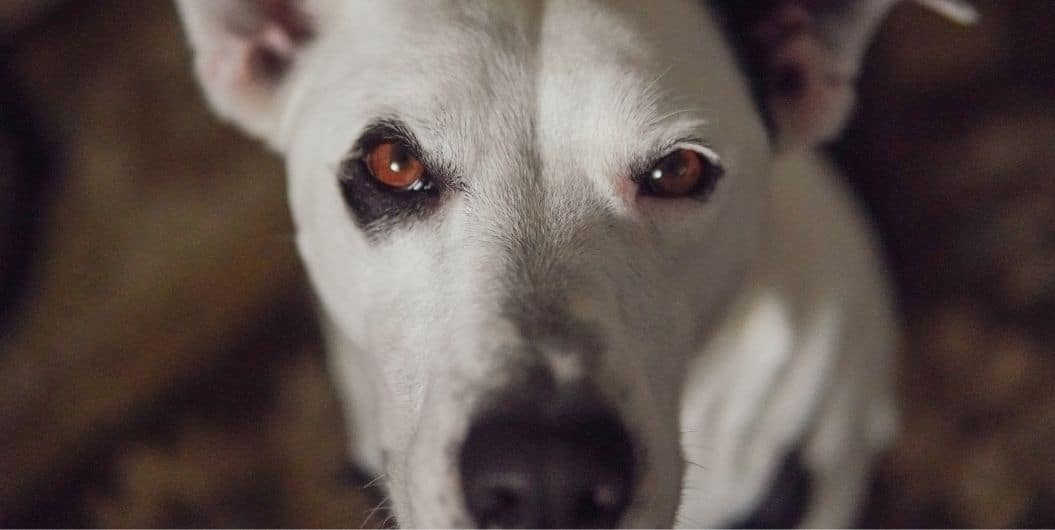Can Dogs Get Alzheimer’s Disease?

Older dogs can get a disease very similar to human Alzheimer’s disease. They can become disoriented and forget once-familiar people, animals and surroundings. This is called Cognitive Disorientation Syndrome (CDS).
Symptoms of CDS, or Alzheimer’s disease in dogs, include getting lost in familiar places and not greeting people as enthusiastically as they once did. Also, CDS is likely to cause house trained dogs to soil in the house as they may think they are actually outside. Wandering aimlessly and being less social with other animals and people are other common signs of this condition.
Like human Alzheimer’s, Alzheimer’s disease in dogs is associated with abnormal aging. CDS, as with Alzheimer’s disease in humans, is thought to possibly be partly due to free radicals in the body or to dopamine and other neurotransmitter fluctuations. However, both human Alzheimer’s and CDS are at least partly caused by altered brain chemistry and degeneration that is not caused by regular aging.

Veterinarians sometimes prescribe dopamine for CDS. Research has shown that this therapy has worked to restore some normal cognitive functioning in some dogs. This may give animals afflicted with CDS a better enjoyment of life in their senior years.
A veterinarian will go over the symptoms when CDS is suspected and compare it to the dog’s behavioral history. Usually, the vet will also perform an extensive medical and neurological check up. Alzheimer’s disease in dogs is quite common.
CDS may cause aggression even in very gentle dogs. The aggression is likely to be caused by the loss of brain cells due to brain degeneration. Changing sleep and wake patterns are also associated with the condition. The dog may sleep a lot during the day, but less at night.






